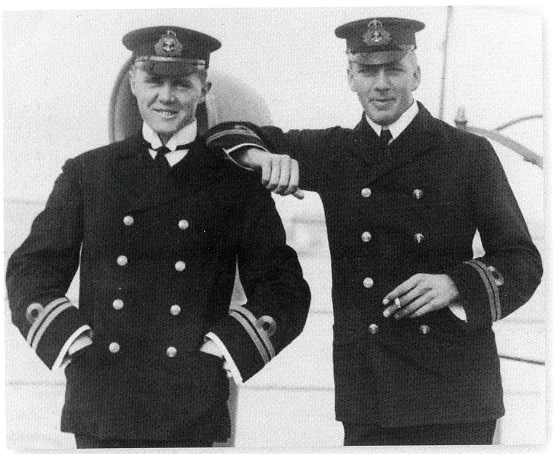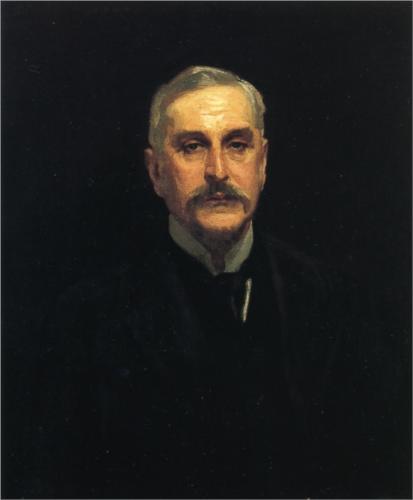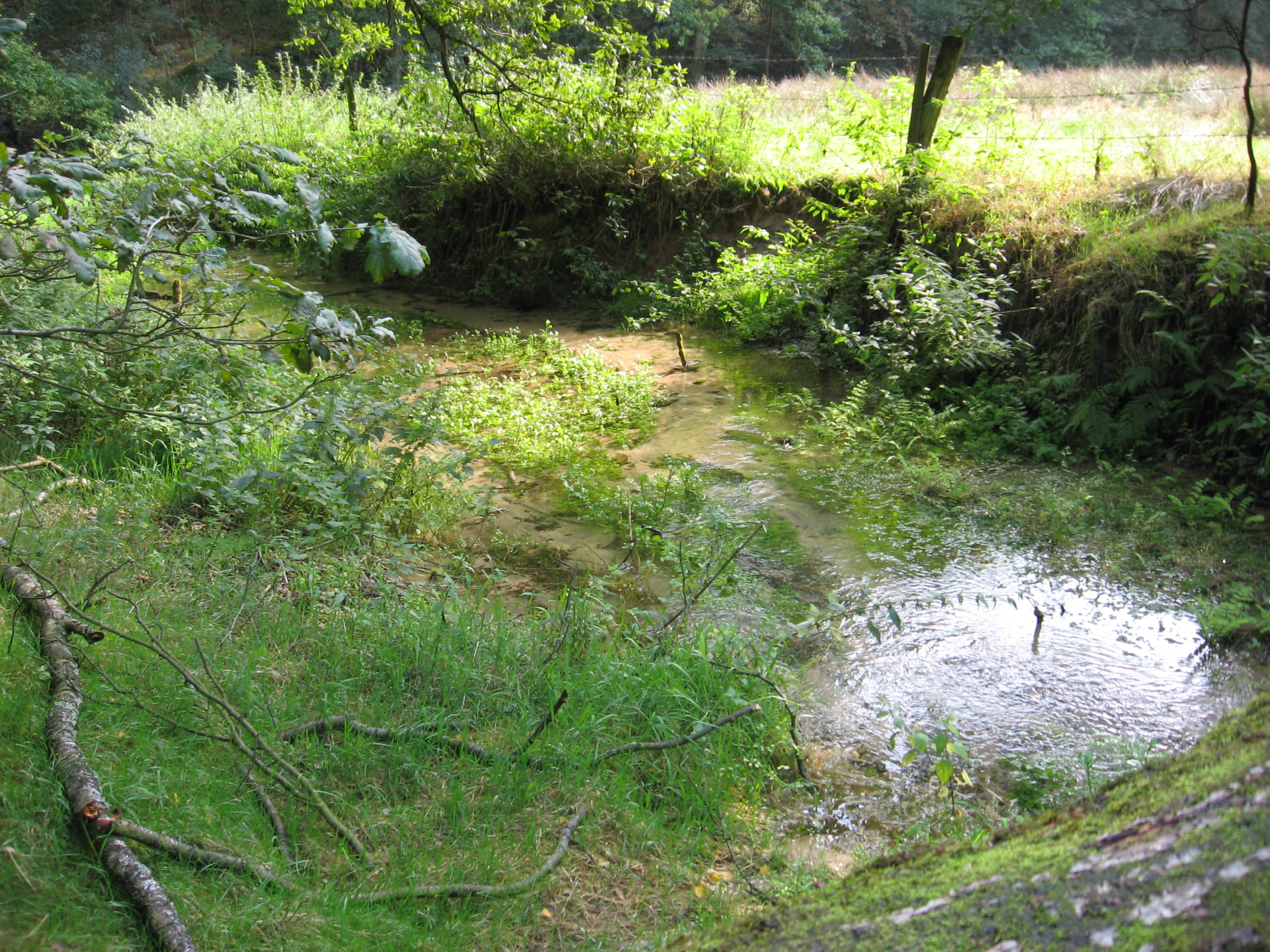|
HMS E9
HMS ''E9'' was a British E class submarine built by Vickers, Barrow. She was laid down on 1 June 1912 and was commissioned on 18 June 1914. Design Like all post-''E8'' British E-class submarines, ''E9'' had a displacement of at the surface and while submerged. She had a total length of and a beam of . She was powered by two Vickers eight-cylinder two-stroke diesel engines and two electric motors.Akerman, P. (1989). ''Encyclopaedia of British submarines 1901–1955''. p.150. Maritime Books. The submarine had a maximum surface speed of and a submerged speed of . British E-class submarines had fuel capacities of of diesel and ranges of when travelling at . ''E9'' was capable of operating submerged for five hours when travelling at . ''E9'' was not fitted with a deck gun during construction, and it is not known whether one was fitted later, as was the case with many boats up to ''E19''. She was the first of her class to be constructed with five 18 inch (450 ... [...More Info...] [...Related Items...] OR: [Wikipedia] [Google] [Baidu] |
Vickers Limited
Vickers Limited was a British engineering conglomerate. The business began in Sheffield in 1828 as a steel foundry and became known for its church bells, going on to make shafts and propellers for ships, armour plate and then artillery. Entire large ships, cars, tanks and torpedoes followed. Airships and aircraft were added, and Vickers jet airliners were to remain in production until 1965. Financial problems following the death of the Vickers brothers were resolved in 1927 by separating Metropolitan Carriage Wagon and Finance Company and Metropolitan-Vickers, then merging the remaining bulk of the original business with Armstrong Whitworth to form Vickers-Armstrongs. The Vickers name resurfaced as Vickers plc between 1977 and 1999. History Foundry Vickers was formed in Sheffield as a steel foundry by the miller Edward Vickers and his father-in-law George Naylor in 1828. Naylor was a partner in the foundry Naylor & Sanderson, and Vickers' brother William owned a steel roll ... [...More Info...] [...Related Items...] OR: [Wikipedia] [Google] [Baidu] |
Lieutenant-Commander
Lieutenant commander (also hyphenated lieutenant-commander and abbreviated Lt Cdr, LtCdr. or LCDR) is a commissioned officer rank in many navies. The rank is superior to a lieutenant and subordinate to a commander. The corresponding rank in most armies and air forces is major, and in the Royal Air Force and other Commonwealth air forces is squadron leader. The NATO rank code is mostly OF-3. A lieutenant commander is a department officer or the executive officer (second-in-command) on many warships and smaller shore installations, or the commanding officer of a smaller ship/installation. They are also department officers in naval aviation squadrons. Etymology Most Commonwealth and other navies address lieutenant commanders by their full rank or the positions they occupy ("captain" if in command of a vessel). The United States Navy, however, addresses officers by their full rank or the higher grade of the rank. For example, oral communications in formal and informal situ ... [...More Info...] [...Related Items...] OR: [Wikipedia] [Google] [Baidu] |
Hanging
Hanging is the suspension of a person by a noose or ligature around the neck.Oxford English Dictionary, 2nd ed. Hanging as method of execution is unknown, as method of suicide from 1325. The ''Oxford English Dictionary'' states that hanging in this sense is "specifically to put to death by suspension by the neck", though it formerly also referred to crucifixion and death by impalement in which the body would remain "hanging". Hanging has been a common method of capital punishment since medieval times, and is the primary execution method in numerous countries and regions. The first known account of execution by hanging was in Homer's ''Odyssey'' (Book XXII). In this specialised meaning of the common word ''hang'', the past and past participle is ''hanged'' instead of ''hung''. Hanging is a common method of suicide in which a person applies a ligature to the neck and brings about unconsciousness and then death by suspension or partial suspension. Methods of judicial hanging T ... [...More Info...] [...Related Items...] OR: [Wikipedia] [Google] [Baidu] |
Arthur Knyvet Wilson
Admiral of the Fleet Sir Arthur Knyvet Wilson, 3rd Baronet, (4 March 1842 – 25 May 1921) was a Royal Navy officer. He served in the Anglo-Egyptian War and then the Mahdist War being awarded the Victoria Cross during the Battle of El Teb in February 1884. He went on to command a battleship, the torpedo school and then another battleship before taking charge of the Experimental Torpedo Squadron. He later commanded the Channel Fleet. He briefly served as First Sea Lord but in that role he "was abrasive, inarticulate, and autocratic" and was really only selected as Admiral Fisher's successor because he was a supporter of Fisher's reforms. Wilson survived for even less time than was intended by the stop-gap nature of his appointment because of his opposition to the establishment of a Naval Staff. Appointed an advisor at the start of World War I, he advocated offensive schemes in the North Sea including the capture of Heligoland and was an early proponent of the development and ... [...More Info...] [...Related Items...] OR: [Wikipedia] [Google] [Baidu] |
First Sea Lord
The First Sea Lord and Chief of the Naval Staff (1SL/CNS) is the military head of the Royal Navy and Naval Service of the United Kingdom. The First Sea Lord is usually the highest ranking and most senior admiral to serve in the British Armed Forces unless either the Chief or Vice-Chief of the Defence Staff are naval officers. Admiral Ben Key was appointed First Sea Lord in November 2021. Originally titled the "Senior Naval Lord to the Board of Admiralty" when the post was created in 1689, the office was re-styled "First Naval Lord" in 1771. The concept of a professional "First Naval Lord" was introduced in 1805, and the title of the office was changed to "First Sea Lord" on the appointment of Sir John Fisher in 1904. Since 1923, the First Sea Lord has been a member of the Chiefs of Staff Committee; he now sits on the Defence Council and the Admiralty Board. [...More Info...] [...Related Items...] OR: [Wikipedia] [Google] [Baidu] |
Jolly Roger
Jolly Roger is the traditional English name for the flags flown to identify a pirate ship preceding or during an attack, during the early 18th century (the later part of the Golden Age of Piracy). The flag most commonly identified as the Jolly Roger today — the skull and crossbones symbol on a black flag — was used during the 1710s by a number of pirate captains including Black Sam Bellamy, Edward England, and John Taylor. It went on to become the most commonly used pirate flag during the 1720s, although other designs were also in use. Name Use of the term ''Jolly Roger'' in reference to pirate flags goes back to at least Charles Johnson's ''A General History of the Pyrates,'' published in Britain in 1724. Johnson specifically cites two pirates as having named their flag "Jolly Roger": Bartholomew Roberts in June 1721 and Francis Spriggs in December 1723. While Spriggs and Roberts used the same name for their flags, their flag designs were very different, suggesting t ... [...More Info...] [...Related Items...] OR: [Wikipedia] [Google] [Baidu] |
Finland
Finland ( fi, Suomi ; sv, Finland ), officially the Republic of Finland (; ), is a Nordic country in Northern Europe. It shares land borders with Sweden to the northwest, Norway to the north, and Russia to the east, with the Gulf of Bothnia to the west and the Gulf of Finland across Estonia to the south. Finland covers an area of with a population of 5.6 million. Helsinki is the capital and largest city, forming a larger metropolitan area with the neighbouring cities of Espoo, Kauniainen, and Vantaa. The vast majority of the population are ethnic Finns. Finnish, alongside Swedish, are the official languages. Swedish is the native language of 5.2% of the population. Finland's climate varies from humid continental in the south to the boreal in the north. The land cover is primarily a boreal forest biome, with more than 180,000 recorded lakes. Finland was first inhabited around 9000 BC after the Last Glacial Period. The Stone Age introduced several differ ... [...More Info...] [...Related Items...] OR: [Wikipedia] [Google] [Baidu] |
Gulf Of Finland
The Gulf of Finland ( fi, Suomenlahti; et, Soome laht; rus, Фи́нский зали́в, r=Finskiy zaliv, p=ˈfʲinskʲɪj zɐˈlʲif; sv, Finska viken) is the easternmost arm of the Baltic Sea. It extends between Finland to the north and Estonia to the south, to Saint Petersburg in Russia to the east, where the river Neva drains into it. Other major cities around the gulf include Helsinki and Tallinn. The eastern parts of the Gulf of Finland belong to Russia, and some of Russia's most important oil harbors are located farthest in, near Saint Petersburg (including Primorsk). As the seaway to Saint Petersburg, the Gulf of Finland has been and continues to be of considerable strategic importance to Russia. Some of the environmental problems affecting the Baltic Sea are at their most pronounced in the shallow gulf. Proposals for a tunnel through the gulf have been made. Geography The gulf has an area of . The length (from the Hanko Peninsula to Saint Petersburg) is and t ... [...More Info...] [...Related Items...] OR: [Wikipedia] [Google] [Baidu] |
Grohara Light
Harmaja ( sv, Gråhara) is an island and a lighthouse outside Helsinki, south of the Suomenlinna sea fortress. The island has been functioning as a landmark since the 16th century. A landmark structure was built on the island in the 18th century and a light house in 1883. The first lighthouse was only 7.3 m high and it soon proved to be too low. In 1900 the height was doubled by creating a rectangular brick building on a granite base. A large foghorn alerted ships in fog and in bad visibility. Harmaja received the world's first directed and undirected radio beacon in 1936. The lighthouse is fully automated today. There is also a pilot station on the island. During the 1952 Summer Olympics this was the center of the Olympic sailing event. See also *Helsinki Lighthouse The Helsinki Lighthouse (Finnish: ''Helsingin majakka''; also commonly known as ''Helsingin kasuuni'' — Swedish: ''Helsingfors fyra''; ''Helsingfors kassun'') is a caisson-type lighthouse located in the G ... [...More Info...] [...Related Items...] OR: [Wikipedia] [Google] [Baidu] |
Helsinki
Helsinki ( or ; ; sv, Helsingfors, ) is the Capital city, capital, primate city, primate, and List of cities and towns in Finland, most populous city of Finland. Located on the shore of the Gulf of Finland, it is the seat of the region of Uusimaa in southern Finland, and has a population of . The Helsinki urban area, city's urban area has a population of , making it by far the List of urban areas in Finland by population, most populous urban area in Finland as well as the country's most important center for politics, education, finance, culture, and research; while Tampere in the Pirkanmaa region, located to the north from Helsinki, is the second largest urban area in Finland. Helsinki is located north of Tallinn, Estonia, east of Stockholm, Sweden, and west of Saint Petersburg, Russia. It has History of Helsinki, close historical ties with these three cities. Together with the cities of Espoo, Vantaa, and Kauniainen (and surrounding commuter towns, including the eastern ... [...More Info...] [...Related Items...] OR: [Wikipedia] [Google] [Baidu] |
Distinguished Service Order
The Distinguished Service Order (DSO) is a military decoration of the United Kingdom, as well as formerly of other parts of the Commonwealth, awarded for meritorious or distinguished service by officers of the armed forces during wartime, typically in actual combat. Since 1993 it has been awarded specifically for 'highly successful command and leadership during active operations', with all ranks being eligible. History Instituted on 6 September 1886 by Queen Victoria in a royal warrant published in ''The London Gazette'' on 9 November, the first DSOs awarded were dated 25 November 1886. The order was established to reward individual instances of meritorious or distinguished service in war. It was a military order, until recently for officers only and typically awarded to officers ranked major (or equivalent) or higher, with awards to ranks below this usually for a high degree of gallantry, just short of deserving the Victoria Cross. Whilst normally given for service un ... [...More Info...] [...Related Items...] OR: [Wikipedia] [Google] [Baidu] |
Ems (river)
The Ems (german: Ems; nl, Eems) is a river in northwestern Germany. It runs through the states of North Rhine-Westphalia and Lower Saxony, and discharges into the Dollart Bay which is part of the Wadden Sea. Its total length is . The state border between the Lower Saxon area of East Friesland (Germany) and the province of Groningen (Netherlands), whose exact course was the subject of a border dispute between Germany and the Netherlands (settled in 2014), runs through the Ems estuary. Course The source of the river is in the southern Teutoburg Forest in North Rhine-Westphalia. In Lower Saxony, the brook becomes a comparatively large river. Here the swampy region of Emsland is named after the river. In Meppen the Ems is joined by its largest tributary, the Hase River. It then flows northwards, close to the Dutch border, into East Frisia. Near Emden, it flows into the Dollart bay (a national park) and then continues as a tidal river towards the Dutch city of Delfzijl. Betwee ... [...More Info...] [...Related Items...] OR: [Wikipedia] [Google] [Baidu] |






_-_Tallinn_Museum_of_Orders.jpg)
